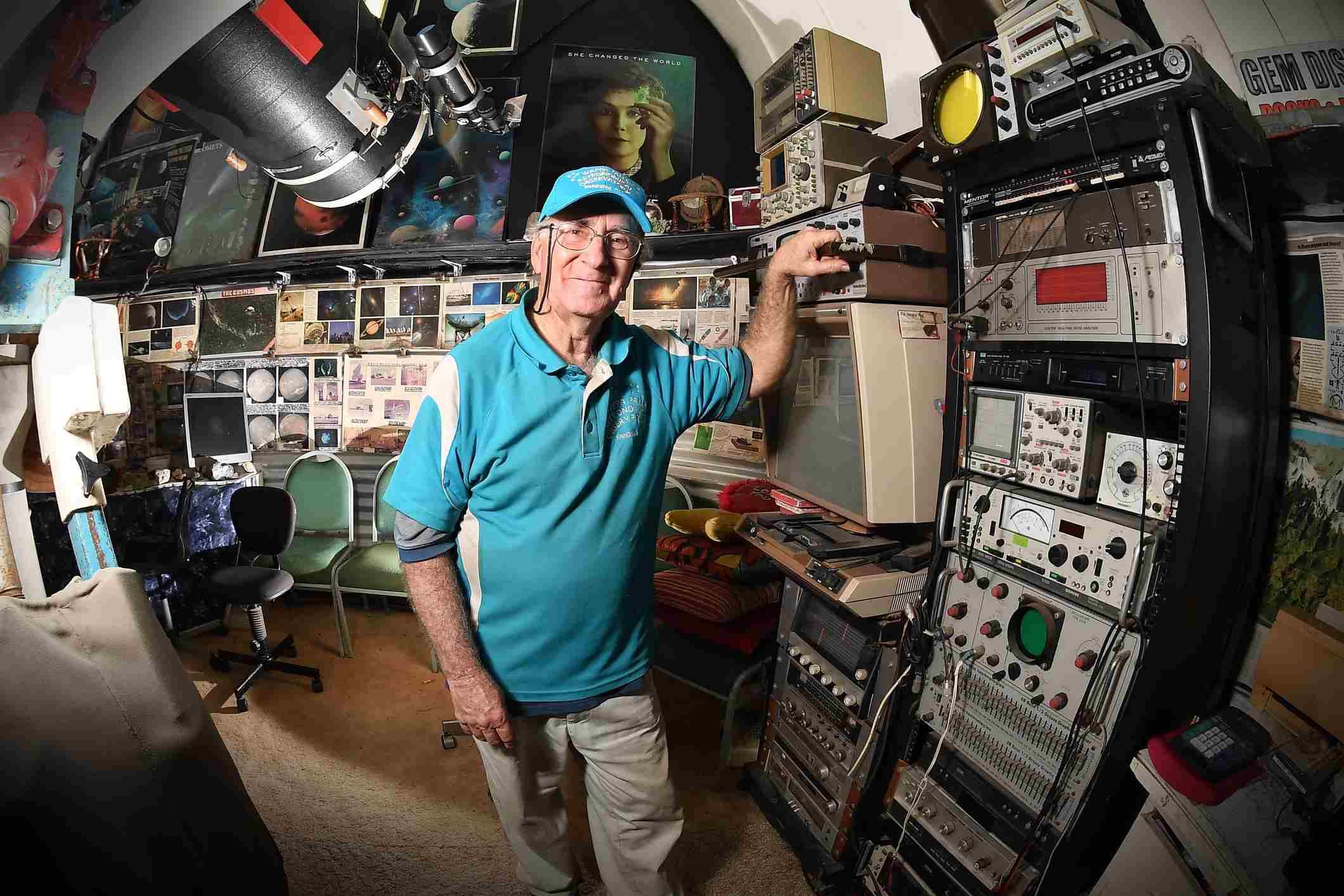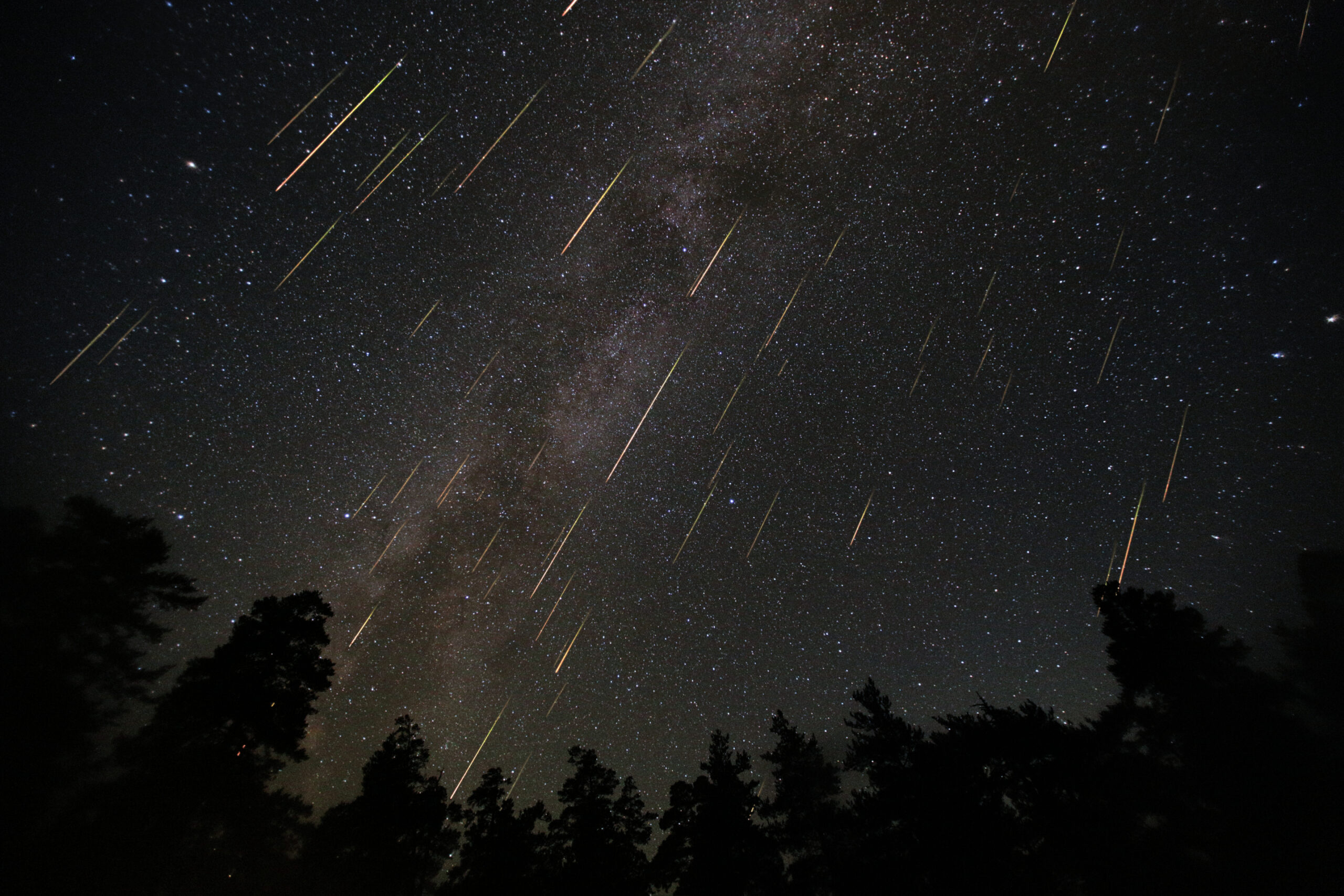Sky gazers are in for a treat when a famous meteor shower that NASA considers “the best of the year” peaks this weekend.
Beginning on July 14, the 2023 Perseid meteor shower will keep putting on a show until September 1, but is predicted to peak on Saturday night.
In a statement, NASA revealed it considered the Perseid “the best meteor shower of the year”.
“With swift and bright meteors, Perseids frequently leave long ‘wakes’ of light and colour behind them as they streak through Earth’s atmosphere,” it said.
“Perseids are also known for their fireballs. Fireballs are larger explosions of light and color that can persist longer than an average meteor streak.”
While viewers in the northern hemisphere will have the best vantage of the spectacle during pre-dawn hours, Wappa Falls Observatory owner Owen Bennedick said Sunshine Coast sky gazers could still catch it.

For Mr Bennedick, astronomy was first an outlet and then a devotion that has lasted more than 60 years.
He explained how meteor showers are usually the result of Earth flying through the debris of a comet.
“When a comet flies around the sun, what we call out-gases (gas and dust) comes off the surface of the comet and leaves a big trail and behind it, and sometimes the Earth goes through that trail,” he said.
“There’s about 13 meteor showers during the year and only about three of them are any good.”
He gave some tips on how keen viewers could get the best view.
“For the best visibility, the best place to watch it is anywhere dark,” he said.
“The darker of the better, because some of them are very faint and very fast. Most of them are going anywhere between 11 kilometres per second to about 40 kilometres per second, so they don’t last in the atmosphere very long before they burn up.
“You can get the occasional good fireball that will really shock you though.
“If you ever see a really big one, you’ve got to hold your breath, don’t make any sound and then wait for a bang. If you hear a bang, then that’s the comet breaking the sound barrier.”

He said viewing with the naked eye was best and the prime time to catch the show was from late night until dawn.
“Don’t worry about binoculars or a telescope,” he said.
“Binoculars are useless because by the time you see it and you get a pair of binoculars up to your eyes, it’s gone.
“Just tea, coffee, biscuits or whatever … a nice ground sheet and a nice dark site and enjoy.”
He said each of the “stunning light displays” was different, with some potentially fizzing out or being more incredible than anticipated.
“Looking at meteor showers over the last 60-odd years, they can be up to three or four days early or up to three or four days late,” he said.
“The best thing for people to do is to find the peak date and start looking, say three days early. If it’s not happening, look up to three days after the peak.
“You never know how it’s going to go, that’s in God’s hands and it depends on whether it’s cloudy or clear too. Watching them can be an experimental thing.”
Meanwhile, Sunshine Coast Council’s refreshed environment and livability strategy proposes to introduce a new policy that celebrates our dark sky.
Investigations are ongoing for a potential Sunshine Coast Dark Sky Place, which would have environmental benefits and allow observers to fully appreciate the universe.
A Sunshine Coast Council spokesperson said the idea was still being examined, to best “recognise, protect and celebrate our valued Sunshine Coast night sky, as more people choose to live in the region”.
Investigations for the potential Sunshine Coast Dark Sky Place include scoping potential designations and possible locations within the local government area.
Scroll down to SUBSCRIBE for our FREE news feed, direct to your inbox daily.





